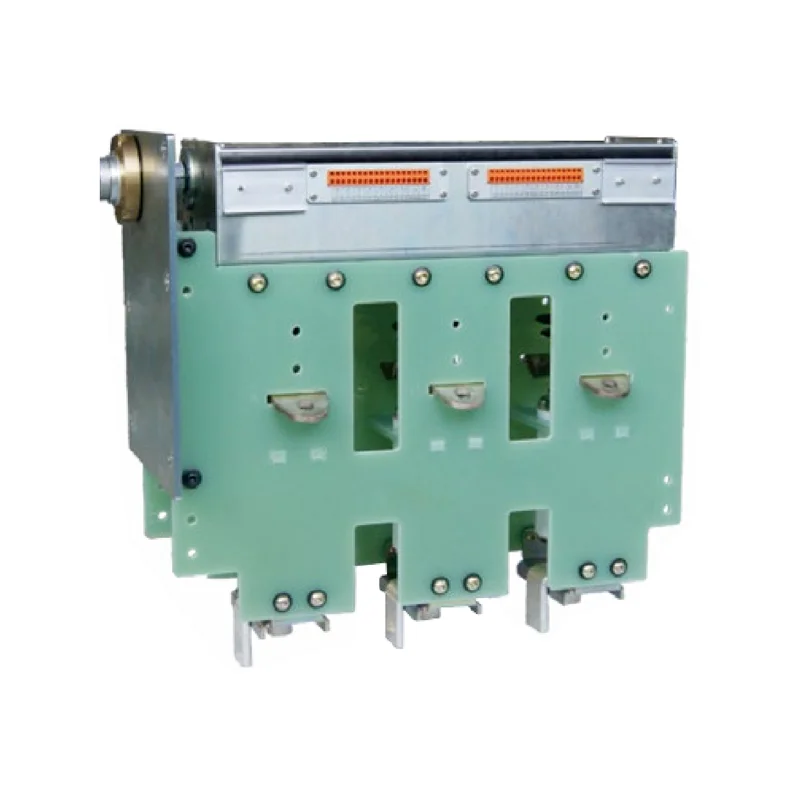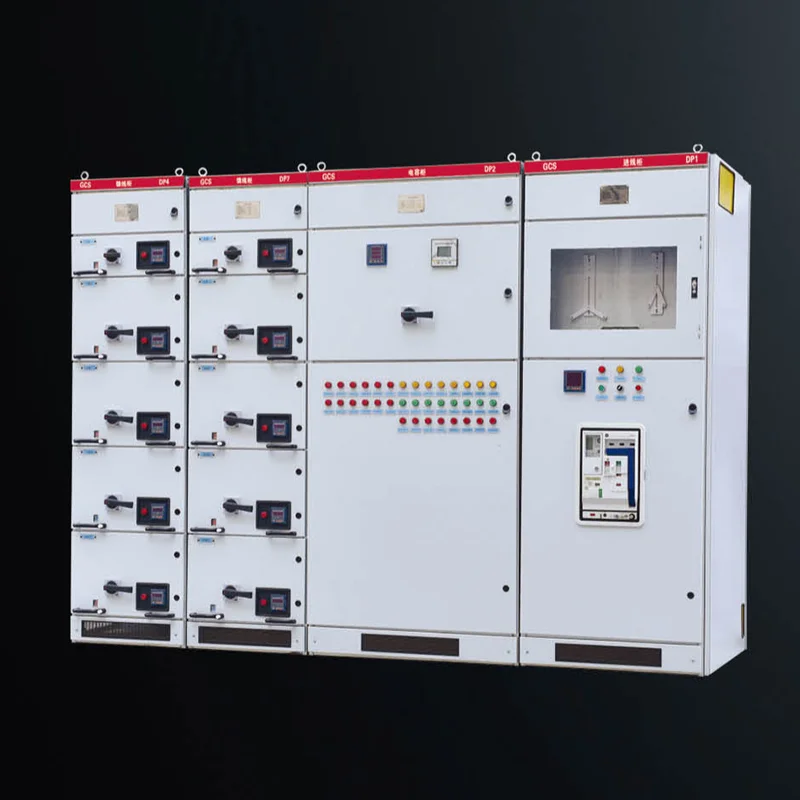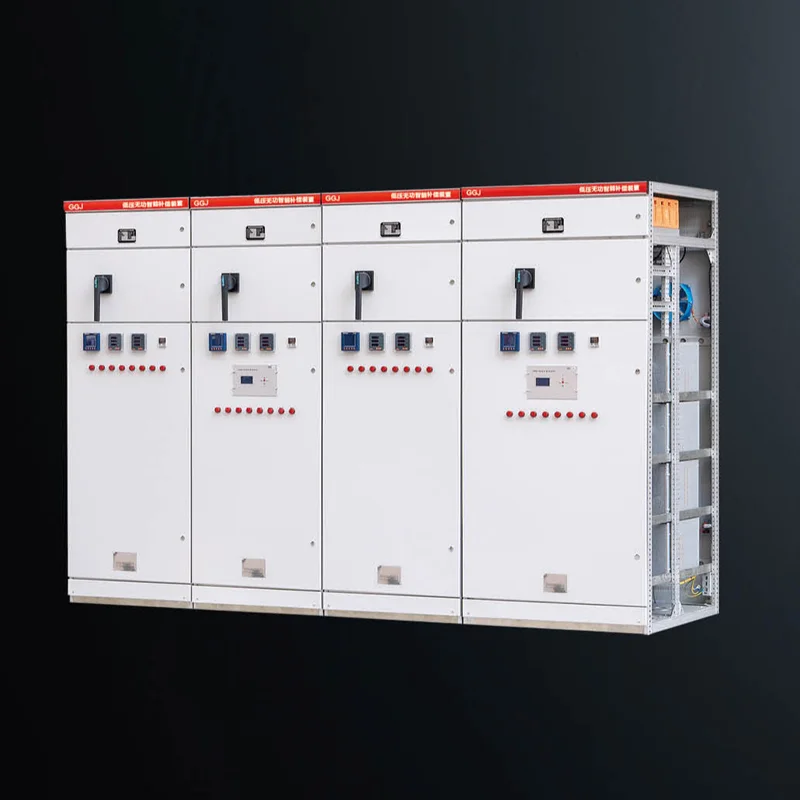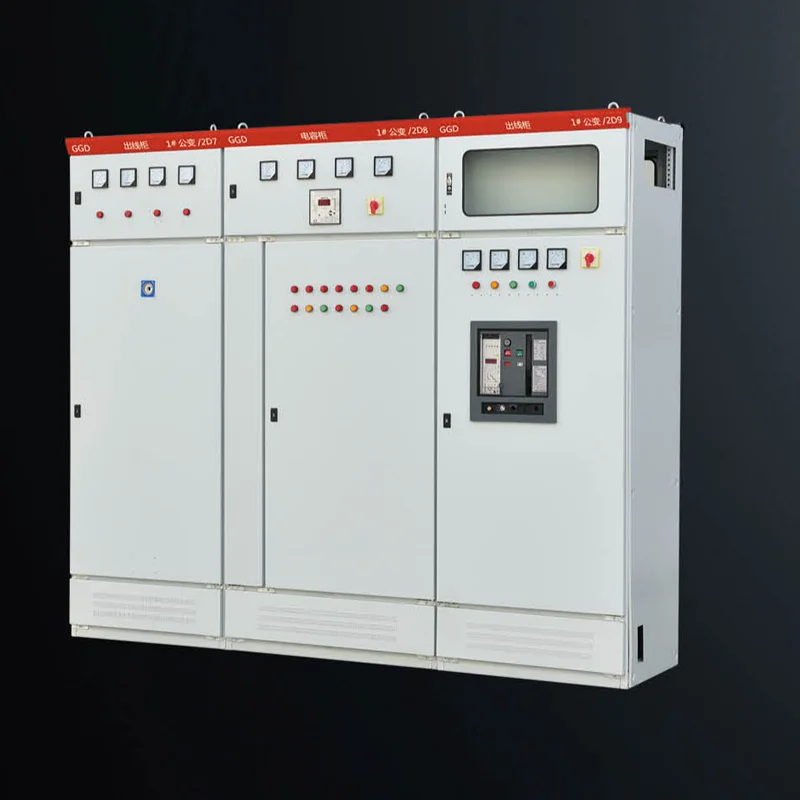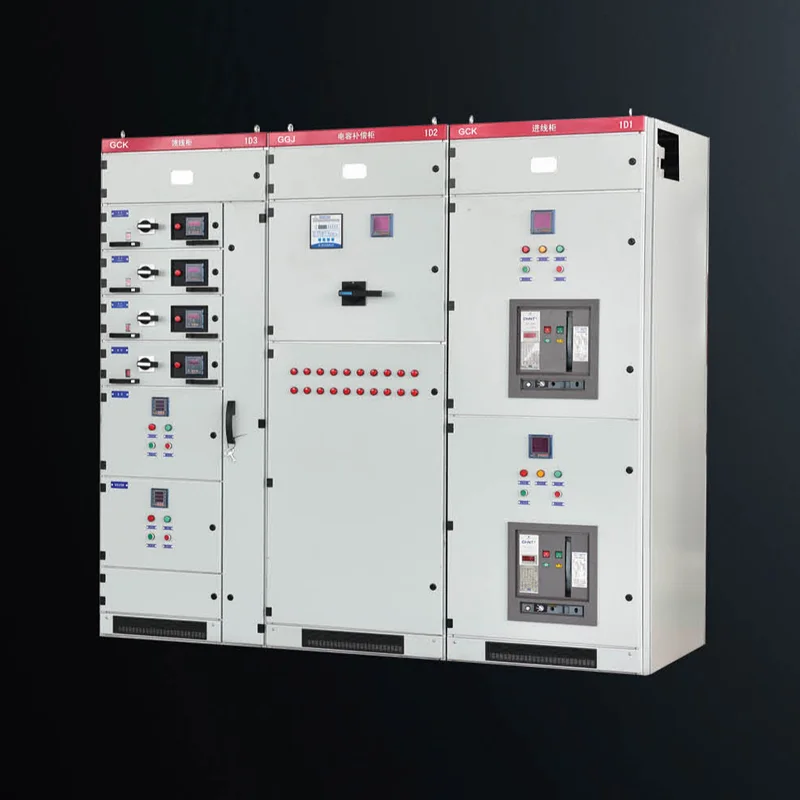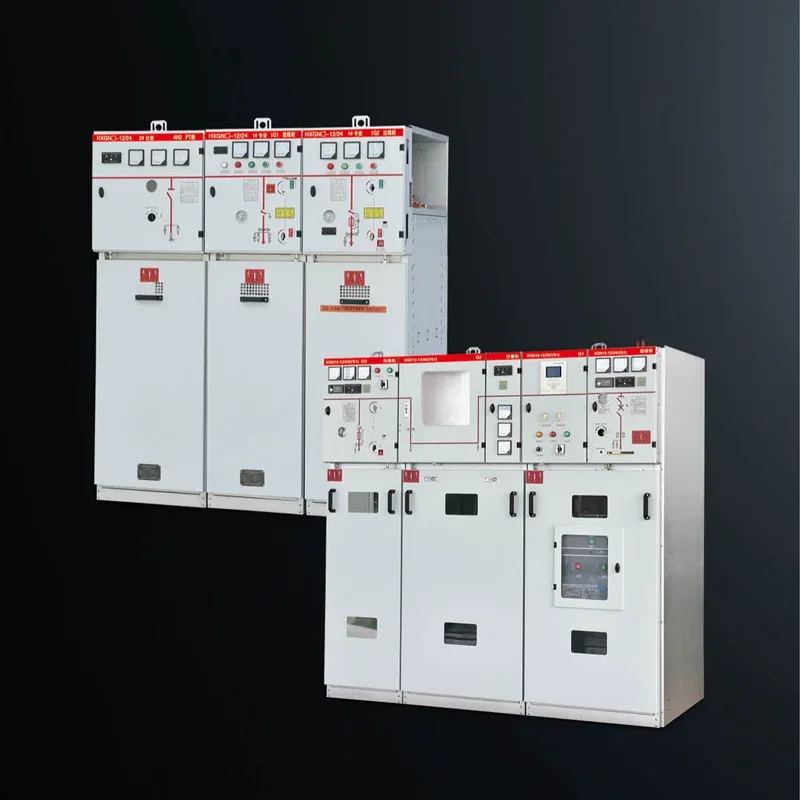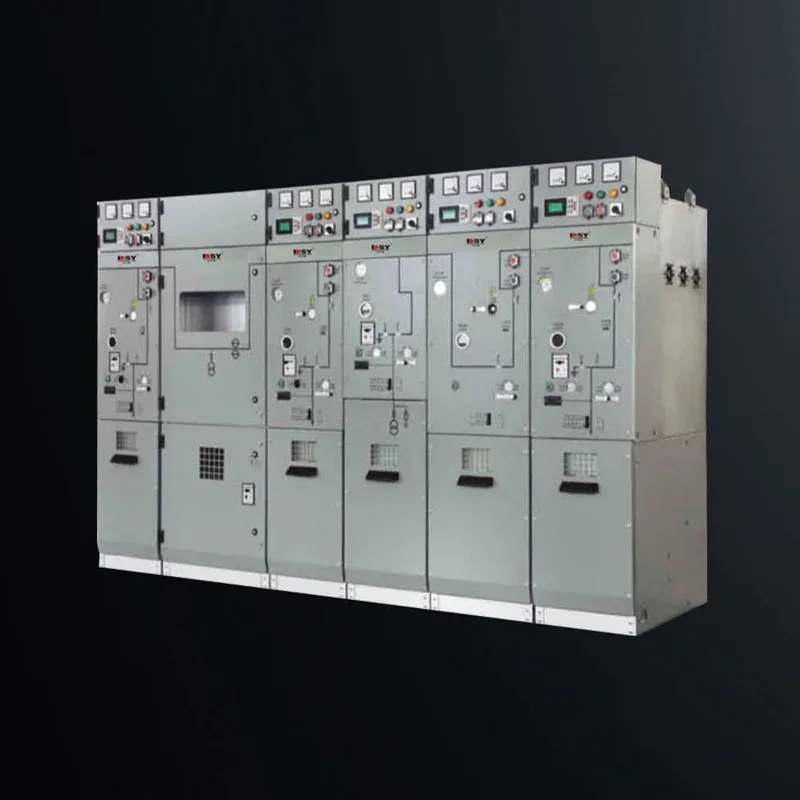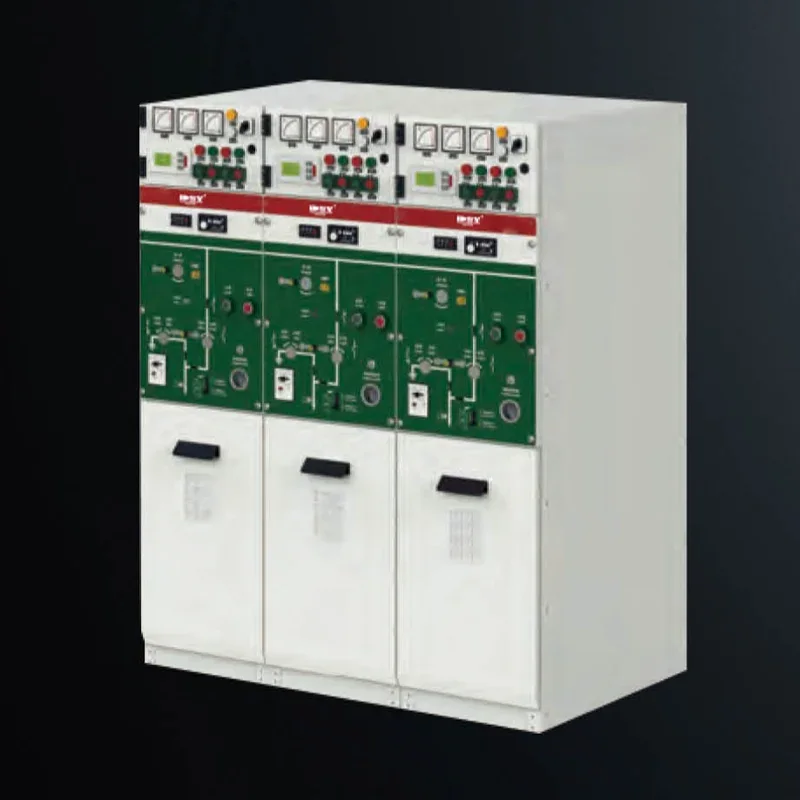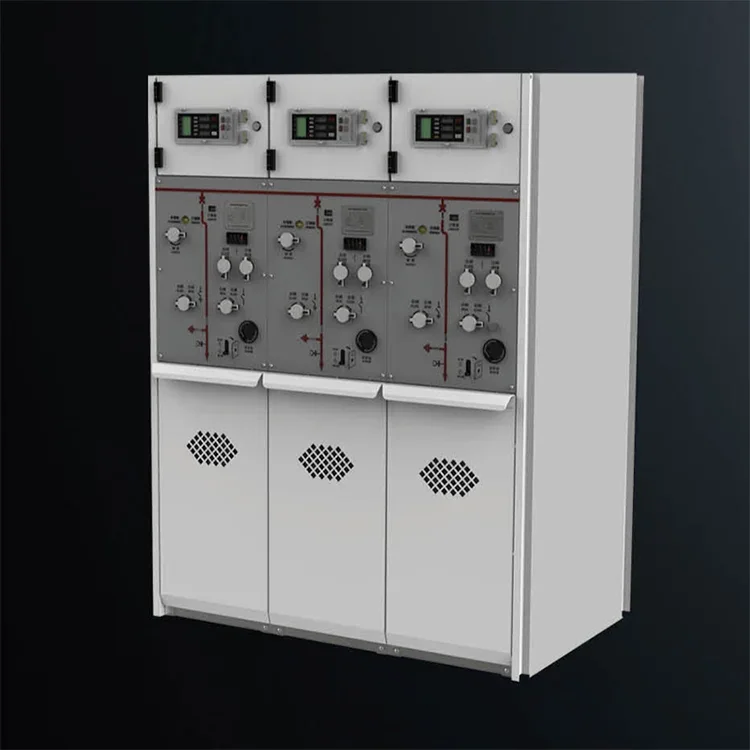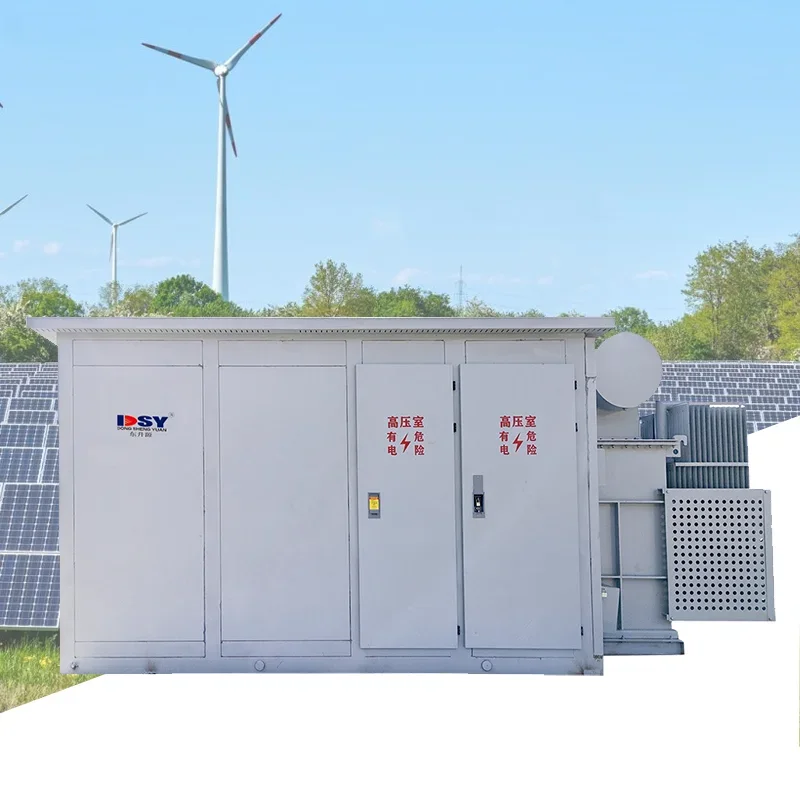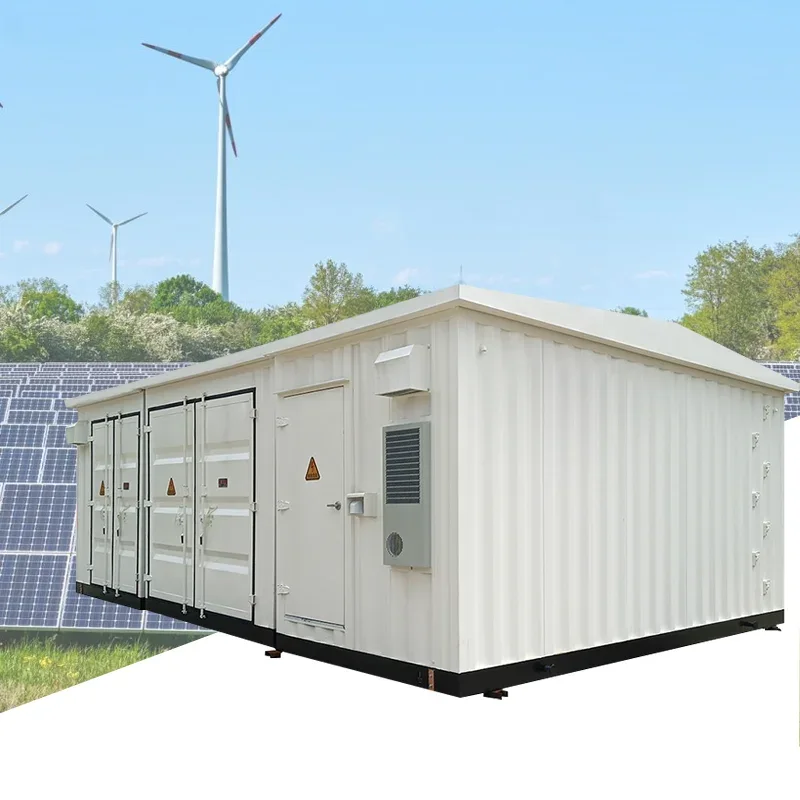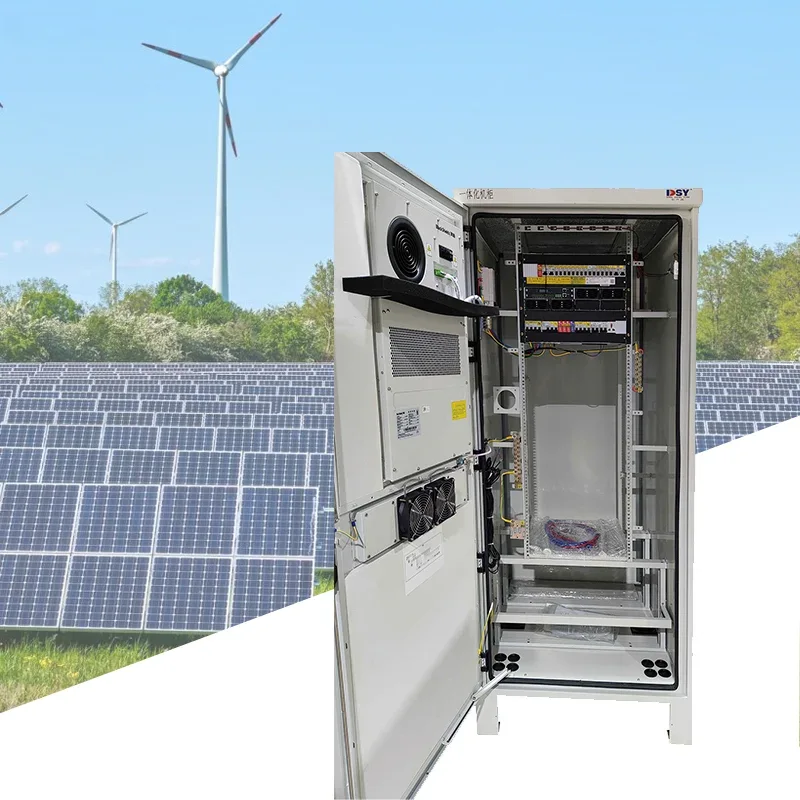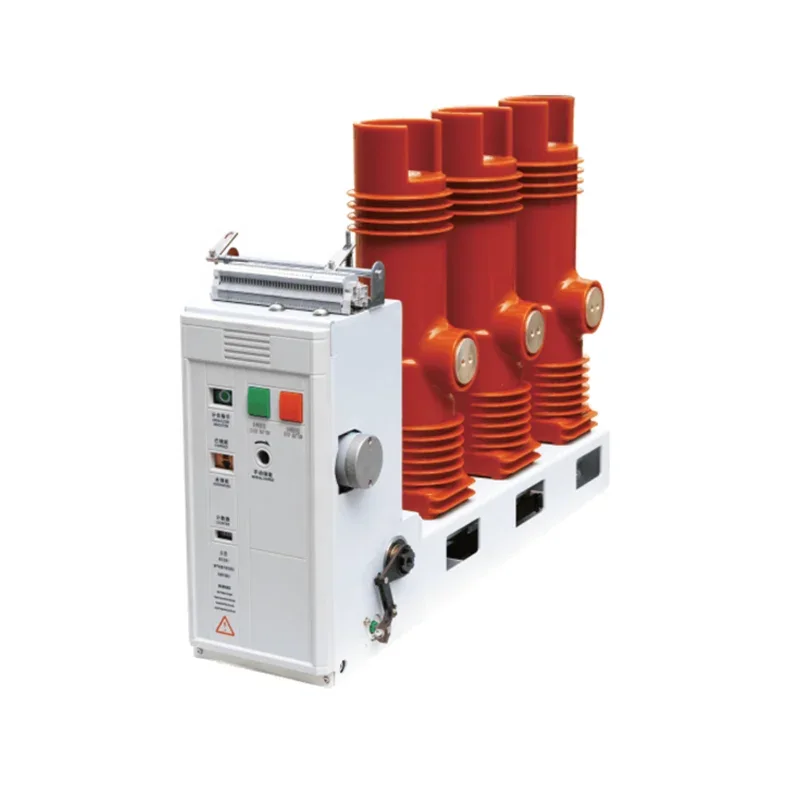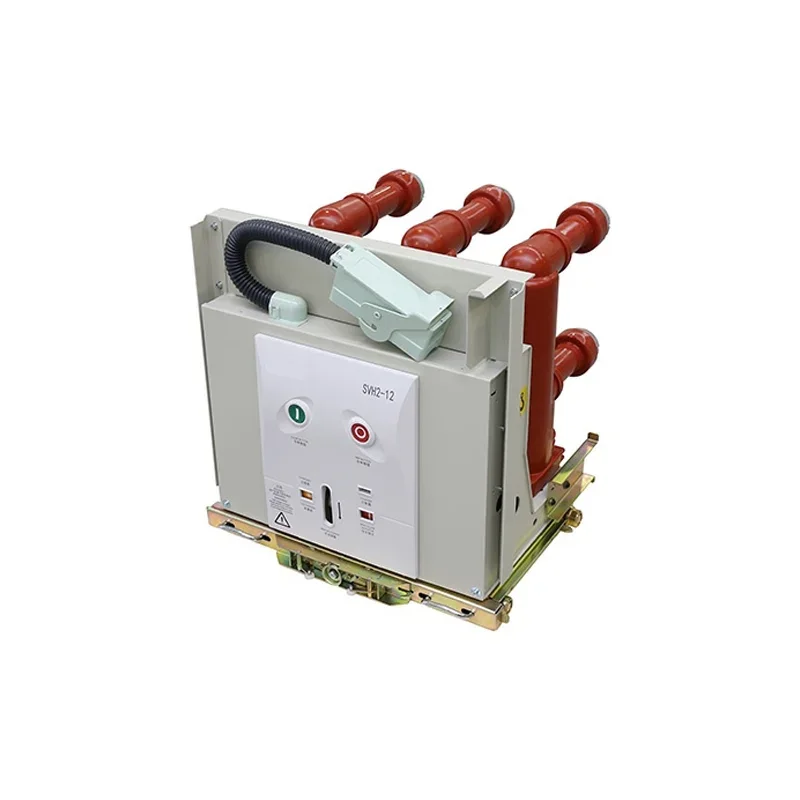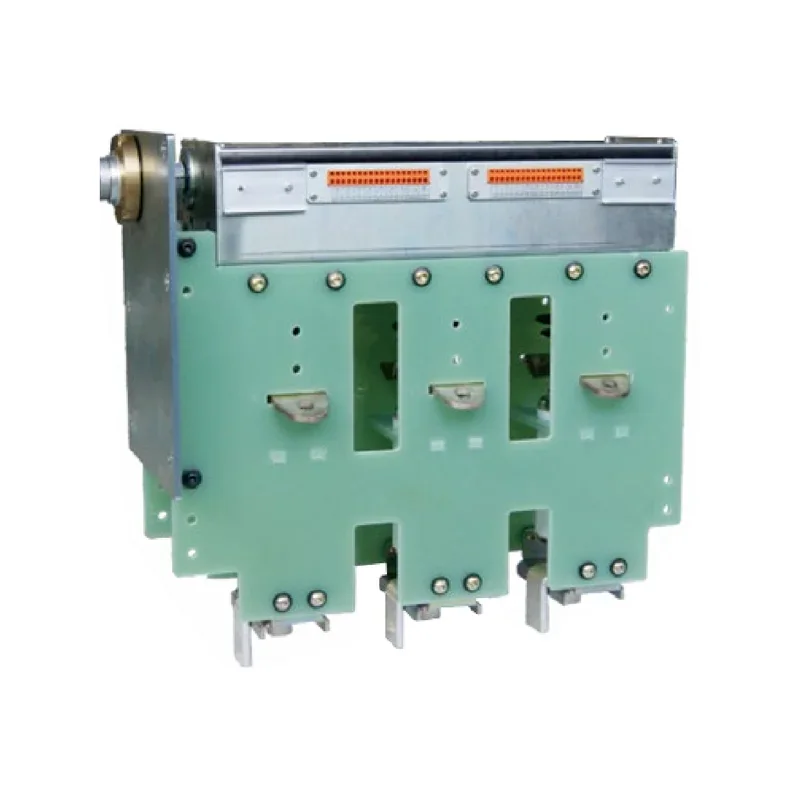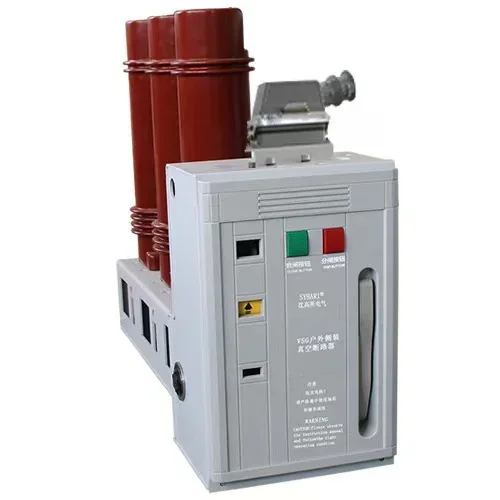Understanding Switchgear and Switchboards in Low Voltage Electrical Systems
Switchgear and switchboards are essential components in low-voltage electrical systems, playing a pivotal role in the distribution and management of electrical energy. Understanding their functions and characteristics can significantly enhance operational efficiency and safety in various applications. Switchgear primarily refers to the combination of electrical disconnect switches, fuses, and circ
Aug 11,2025
Switchgear primarily refers to the combination of electrical disconnect switches, fuses, and circuit breakers that control, protect, and isolate electrical equipment. It serves as a safeguard against overloads, short circuits, and other electrical faults. In low-voltage applications, switchgear is often integrated into the overall system to provide protection and control over electrical power distribution.
On the other hand, a switchboard is essentially a panel or assembly of panels equipped with circuit breakers, fuses, and other control devices that distribute electrical power to various circuits. Unlike switchgear, which is more focused on protection and control, switchboards are primarily concerned with the distribution of power to different feeders or loads. In low voltage settings, switchboards are crucial for ensuring that electrical energy is delivered efficiently to connected devices and systems.
One of the key benefits of using switchgear and switchboards in low-voltage applications is their ability to enhance safety. Properly designed and maintained systems can minimize the risks associated with electrical faults, protecting personnel and equipment. Regular inspections and maintenance are essential to ensure that these components function correctly and meet relevant safety standards.
Moreover, modern advancements in technology have led to the development of more sophisticated switchgear and switchboard systems. Features such as remote monitoring, automated control, and smart grid integration are becoming increasingly common. These innovations not only improve the reliability and efficiency of electrical systems but also enable better management of energy consumption and integration with renewable energy sources.
When selecting switchgear and switchboards for low-voltage applications, professionals must consider factors such as the specific electrical load requirements, environmental conditions, and compliance with local regulations. Collaborating with experienced manufacturers and consulting industry standards can provide valuable insights into making informed decisions that enhance system performance.
In conclusion, switchgear and switchboards are integral to the safe and efficient operation of low-voltage electrical systems. By understanding their functions, benefits, and maintenance needs, electrical professionals can optimize their use and contribute to more reliable power distribution networks. Implementing the latest technologies and adhering to best practices in design and maintenance will ensure that these critical components continue to operate effectively in various applications.
Related News
From June 5th to 8th, 2025, Shenzhen Dongshengyuan Electrical Equipment Co., Ltd. (hereinafter referred to as "Dongshengyuan Electric") participated in the Southeast Asia Electricity and Energy Exhibition (SEAPAE) held in Jakarta, Indonesia. During the exhibition, the company highlighted its three core product lines: high-voltage and low-voltage distribution switchgear, intelligent circuit breakers, and environmentally friendly load switches. These products are designed to provide targeted solutions for the high temperature and high humidity environments commonly found in Southeast Asia, as well as the growing demand for new energy access. They have successfully attracted over 200 industry customers for business negotiations.
The difference between circuit breakers and vacuum circuit breakers
Circuit breaker is an abbreviation for pole type circuit breaker. Circuit breakers are also vacuum circuit breakers

